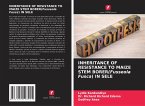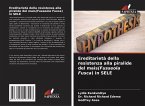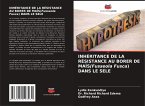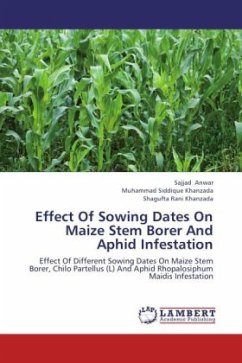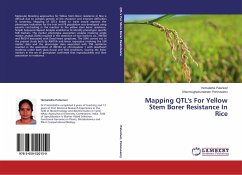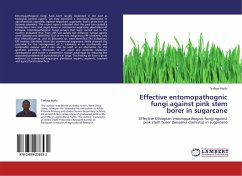The 2 insects pests, stem borers (Busseola busca) and maize weevil (sitophilus zeamais) are very destructive grain pests, hard to control, and cause huge economic losses. The aim of this study was to determine the mechanisms of stem borer resistance in selected weevil resistant inbred lines and determine their combining ability as well as the correlation between stem borer resistance and weevil resistance. The research was conducted at National Crop Resources Research Institute's (NaCRRI) main station in Namulonge, central Uganda. The genetic material used include 4 inbred lines resistant to weevil (locally adapted) and 6 stem borer resistant inbred lines (exotic lines). The crossing of parental materials was carried out using North Carolina 2 mating design. The hybrids obtained from the first season were planted using alpha lattice design.The study identified 5 inbreds that combined well for leaf damage, number of entry/exit holes and tunnel length, 6 hybrids resistant to stem borer and 1 hybrid resistant to both weevil and stem borer. The correlation between stem borer resistance and weevil resistance was non-significant.


